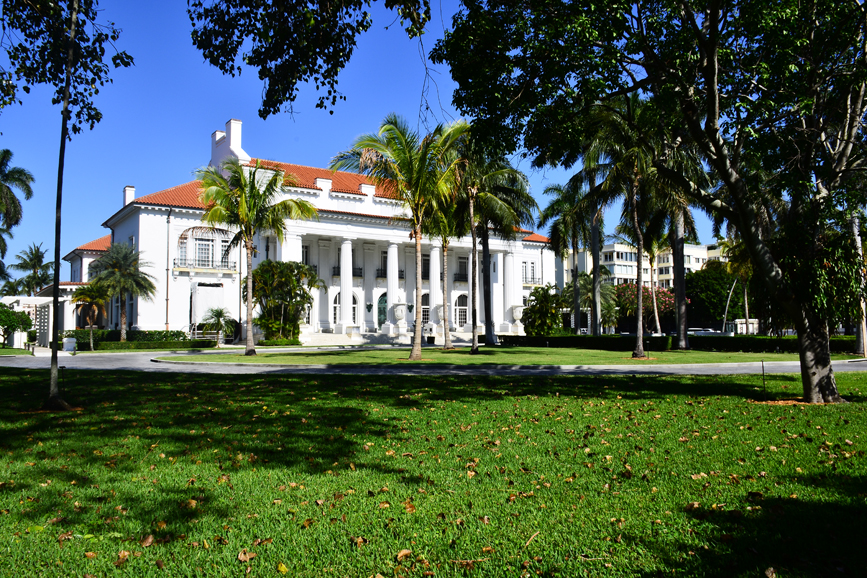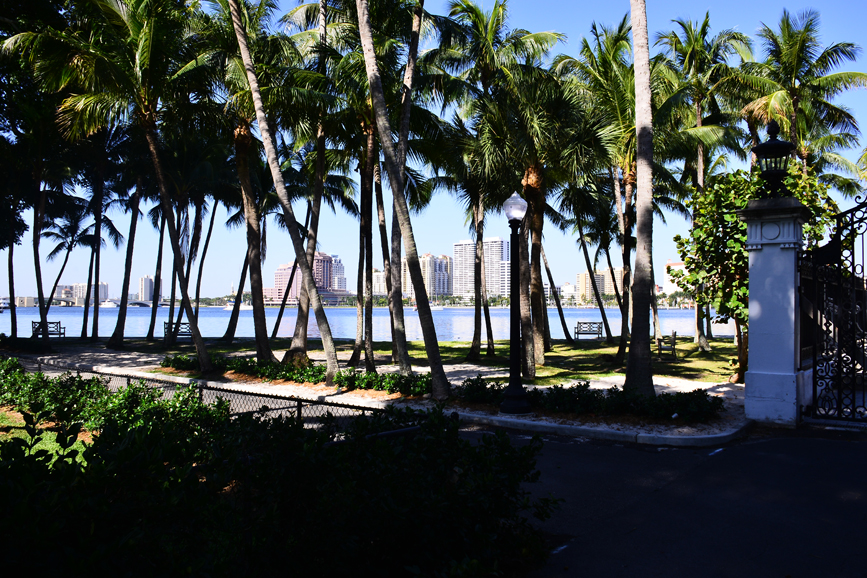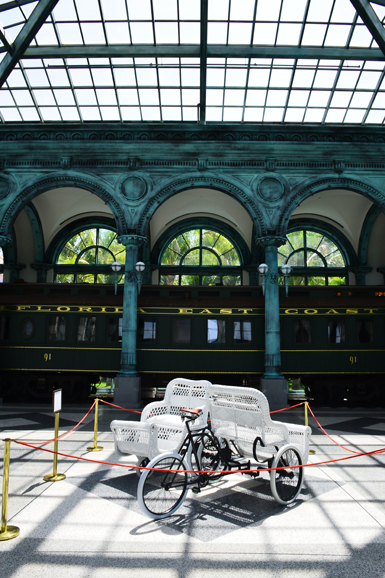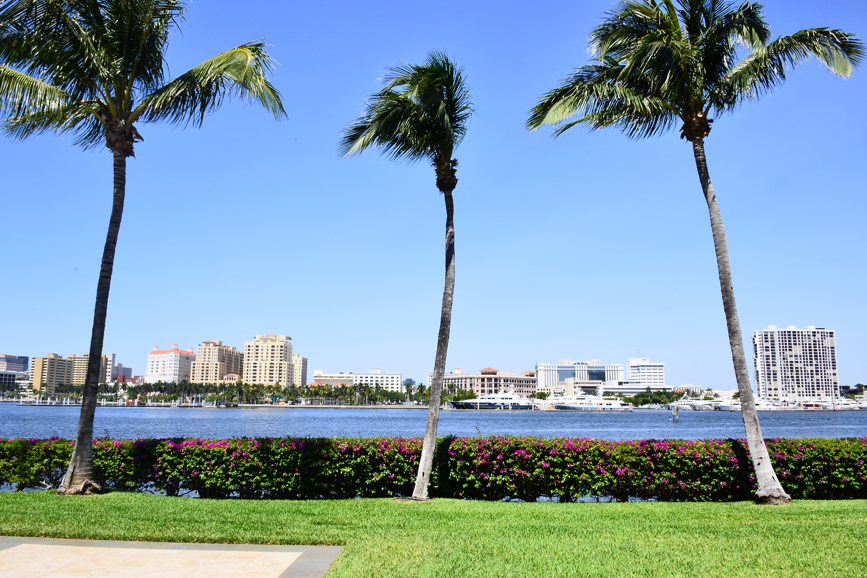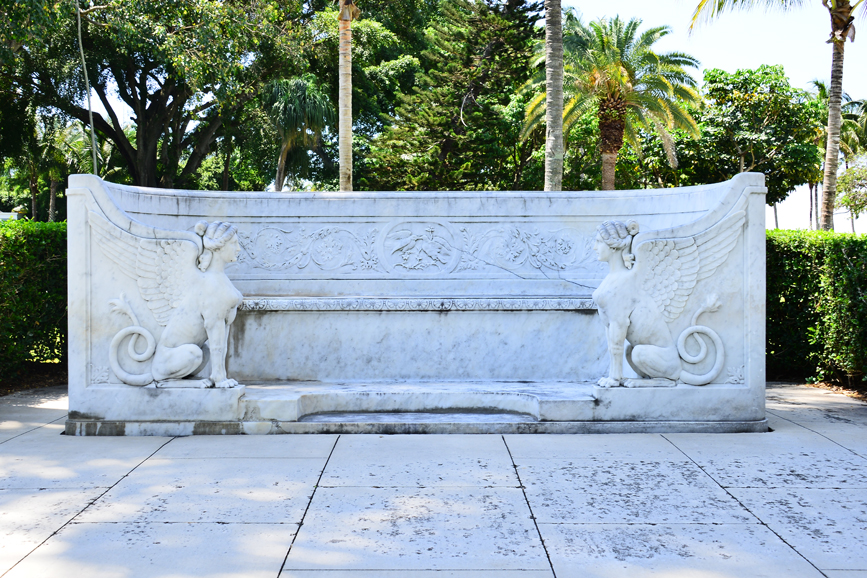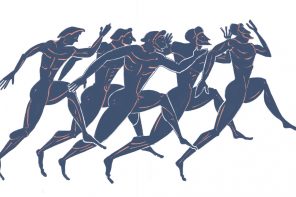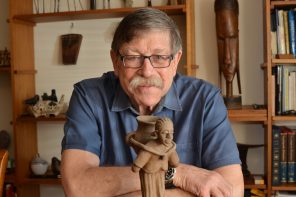I’ve been in old houses that were filled with life and antiques, new houses with unexpected colors, but reflecting respective cultures, mansions that warmed with dark wood and brick, McMansions where Cheever-like secrets hovered in quiet conversation near the stuffed cheetah in the library, shacks barren but with a crucifix on a wall, double-wides with faux wood paneling covered with family photos, blue-collar homes with yellowed linoleum floors and a live monkey on a stand in the kitchen, and innumerable farmhouses — one where a clucking hen was making her rounds with the aplomb of one who really ruled the roost.
No matter the amount of money invested, all had their own DNA.
Poor, middle class or rich, everyone creates a home suited to his or her own tastes or sensibilities. And so for Whitehall in Palm Beach, the former home of Henry Morrison Flagler is a testament to the Gilded Age and today a museum exemplifying the finest of European taste and culture.
Flagler chose wisely with architects John Carrère and Thomas Hastings to design the 75-room Beaux Arts estate as a wedding present to his second wife, Ida Alice Shourds. Flagler was a founding partner of Standard Oil with heavyweight brothers John D. and William Rockefeller, inventor Samuel Andrews and his cousin and silent partner, Stephen Harkness. Flagler was familiar with the work of the two architects who designed the Standard Oil office building in Manhattan, as well as the New York Public Library and the Fifth Avenue mansion of Henry Clay Frick, among others. They also did the work on his first foray into Florida, the 540-room Hotel Ponce de Leon in St. Augustine.
The architects had the front of the home face due East to welcome the morning sun as it rises over the Atlantic. According to museum literature, the façade of the home with its huge Doric columns, was intended to “evoke the image of a temple to Apollo.” The doors to this temple utilize the ancient symbols of the sun, lion heads.
The architects hired the New York City design firm of Pottier & Stymus to create the interior rooms. The designers recreated the styles of the Italian Renaissance, Louis XIV and Louis XV. The furnishings are primarily reproductions rather than antiques.
You can get lost in Flagler’s home as you walk room through room as I did with David Carson, public affairs director. And by lost, I don’t mean in the physical sense, but rather lost in wonderment.
One woman from a group of visitors spent five hours in the room set aside to the lace collection of Jean Flagler Matthews, Flagler’s granddaughter and the founder of the museum, Carson said. Lace, believe it or not, was once more valuable than gold and played an important part in the fashions worn by women of the Gilded Age, which ran from the end of the Civil War to the stock market crash in 1929.
Each period room is a treasure trove for the eye, whether it be created for the color, the texture or the fabrics. Every room seems to be a step ahead for its time. The master bath had a telephone. The built-in organ in the music room competes with the recessed lighting that illuminates a copy of Guido Reni’s “Aurora” that was painted on canvas and affixed to the ceiling.
The house holds many secrets.
The gold leaf used throughout the house looks different in the drawing room, doesn’t it? Is it the light?
It is different, Carson says. It’s aluminum leaf that highlights the plaster ornamentation. Due to the extraction process, aluminum was as expensive and precious as gold during the Gilded Age. The aluminum leaf was coated with shellac to give it a goldish look. Another little secret that gets overlooked by many is the inlaid flooring of the room. The Greek key that serves as the perimeter is evident as you look into the room. But once you step in and look back at it, it disappears. The grain and cut changes it.
Look at the ceilings in the different rooms. Those artworks painted à la Michelangelo and the Sistine Chapel? No, Carson says, first done by an artist on canvas and then taken up and glued on the ceiling.
One other secret. Since oil lamps were replaced by electric lights in Flagler’s new home, many of the women who stayed as guests were taken aback by the brightness of the new lights. To help them out, flowers were arranged on the lampshades to cut the brightness.
While Flagler might not have been a world traveler, he is credited with being responsible for creating the Florida of today. It was his first wife, Mary, that first brought him to the Sunshine State when she took ill and a doctor prescribed warmth and sea air. But it would be a honeymoon to St. Augustine with his second wife that turned Flagler, who was born in upstate New York, into seeing the potential of the city as a winter resort. After building the Ponce de Leon, Flagler added two more hotels nearby. But getting from wintry New York to sunny Florida was a challenge to travelers as Florida trains had different gauge widths. So, he bought up railroads and standardized the gauge. As he did so, he built or expanded hotels along the line.
His foresight, knowledge and wealth kept him going south to Fort Dallas. The outpost was built after the start of the Seminole War in 1836. It was fortuitous, since Julia Tuttle, a friend of John D. Rockefeller, owned 640 acres of woods and marshland along the Miami River and Biscayne Bay. If he would extend his Florida East Coast Railway to Fort Dallas, she would share half her land with him. A city would soon rise that the new residents wanted to call Flagler. However, the businessman man demurred and said to name it after the river, and so the city of Miami was born.
And Railcar No. 91, the vehicle that transported him and his family along his rail line is now at home on the grounds of Whitehall, ensconced in the Flagler Kenan Pavilion. When completed in 2005, the structure was the first public Beaux Arts-style building built in the U.S. in 60 years.
And one more secret: The rail car was put out of service and seemingly disappeared until found in a field in Virginia. It was in disrepair, having been used for housing for farm workers. Needless to say, it was refurbished to all its glory and is another place to lose yourself at Whitehall.
For more, flaglermuseum.us.

